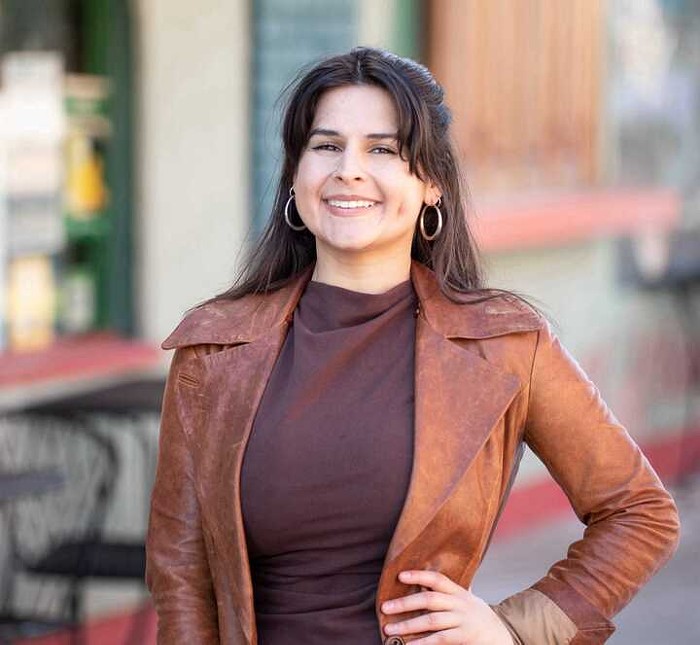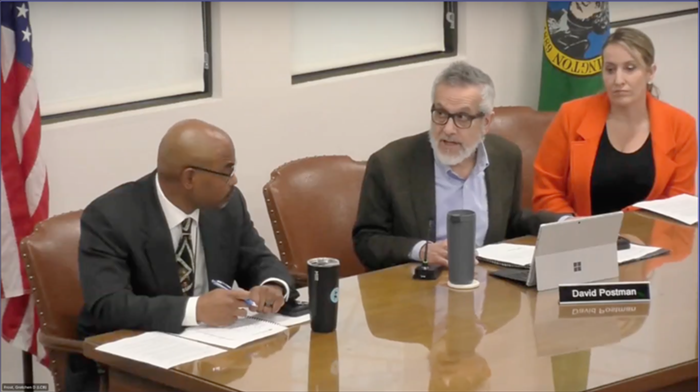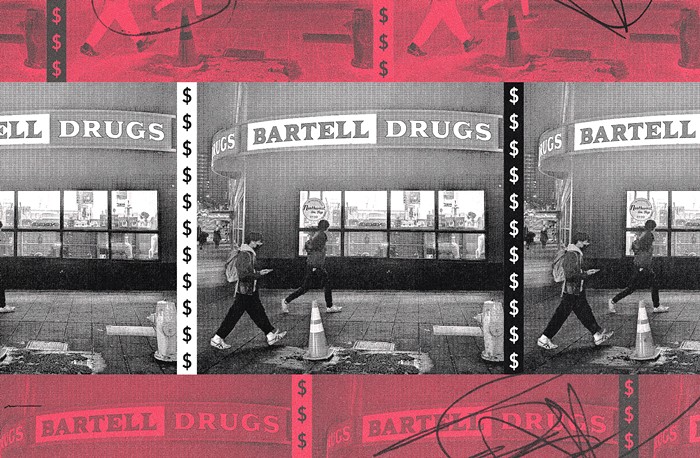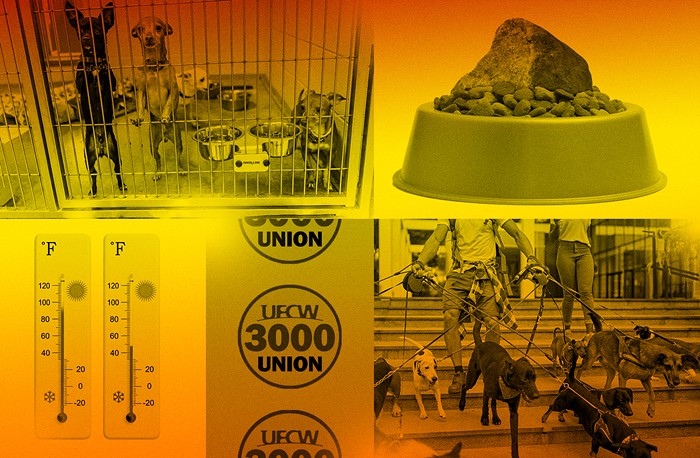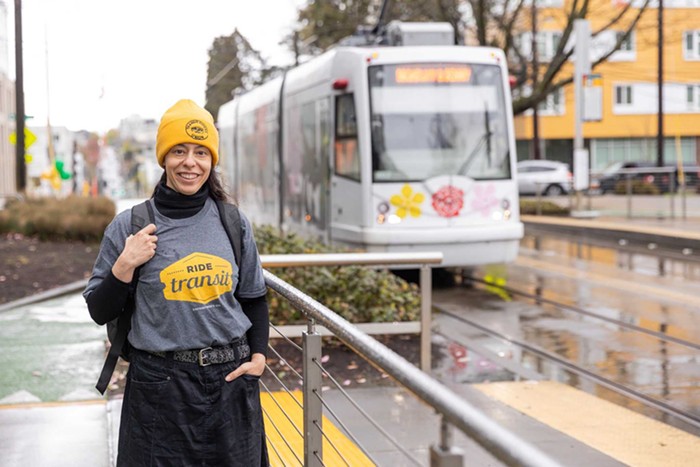
Mayor Ed Murray stood in a tiny park on Capitol Hill this morning to announce a massive property tax levy that’s likely to appear on your ballot this fall. The levy would raise $900 million over nine years to pay for street, sidewalk, and bike lane improvements.
That’s huge. The measure this one will replace—the “Bridging the Gap” levy passed in 2006—was $365 million and was then called the largest levy in the city’s history. Bridging the Gap costs 36 cents per $1,000 assessed value; this new plan would be 61 cents per $1,000 assessed value. For the owner of a $450,000 house, that translates to an increase from $162 to $275 a year. That’s a substantial jump that will likely be passed down to renters, too, but the city is pitching it as an affordability measure because, they say, increasing the efficiency of transportation will cut costs for residents who now spend about 17 percent of their expenses on transportation.
Here’s what the $900 million would do, according to the mayor's office and the Seattle Department of Transportation:
• Seismically reinforce 16 vulnerable bridges and eliminate the backlog of needed bridge spot repairs
• Repave up to 250 lane-miles of arterial streets
• Repair up to 225 blocks of existing sidewalks and improve curb ramps and crossings at 750 intersections throughout the city
• Invest in 12-15 corridor safety projects on the city’s high-collision streets
• Complete 9-12 Safe Routes to School projects each year
• Fund a targeted freight spot improvement program
• Complete 7-10 multimodal corridor projects, redesigning major streets to improve connectivity and safety
• Optimize traffic signal timing on five corridors throughout the city each year
• Create seven new bus rapid transit corridors
Reporters at the press conference had lots of scare-questions about whether certain street changes would limit access for cars or kill parking spots. If that’s what you’re worried about, there will be plenty about that on the evening news tonight. But the future of this city is not in cars. As SDOT director Scott Kubly pointed out multiple times today, if all the people moving to our city—60,000 new people by 2025, according to the mayor—have to drive their cars everywhere, we’ll descend into an awful hellscape of traffic jams even worse than what we have now. (Ever wondered why that’s so bad? Check this out.)
We have to give all these new people the option to do something other than drive. So, what would this proposal—read the whole plan here—do to actually make it easier to take a bus, bike, or your own feet to get around the city?
Because the city is pitching all these improvements as helpful for all modes—“Our mode wars are over,” Murray said at the start of the press conference—it’s hard to create an exact breakdown of how much of this money will help bikes or buses every year. But ideally, a “multimodal corridor project” (the city will do seven to 10 of those) makes that street better for anyone who isn't driving a car, and a “bus rapid transit corridor” (we'll get seven of those) speeds up the rate at which buses move, making taking the bus a viable option for more people. (Kubly says these bus corridors should make buses “as efficient as Link light rail.”)
The mayor’s office claims the various bike-related pieces of the levy would complete about 50 percent of the city’s 20-year, $20-million-a-year Bike Master Plan, which the city council has been notoriously wishy-washy about funding.
Specifically, the levy would build 50 miles of new protected bike lanes and 60 miles of slower, pedestrian-friendly “greenways.”
The plan would also fund a Link light rail station at Graham Street and a long-debated, still-underfunded pedestrian and bike bridge over I-5 connecting the future light rail station in Northgate with North Seattle Community College and the neighborhood nearby. It promises “100 new blocks of sidewalks” and 1,500 new bike parking spots across the city.
This is all a welcome focus on modes of transportation other than cars, but we’ll have to see how these projects look as more specific plans are revealed.
As Seattle Bike Blog points out, the levy would put the bike plan on schedule, but if bike advocates push for even more money, they could shrink the timeline to get that plan done even quicker. And specifics about how protected bike lanes and street improvements are designed will make a big difference. “Do those 50 miles of protected bike lanes include complete bike route connections, including all the costly-yet-vital intersection redesigns?” writes Tom Fucoloro. “It’s easy to build 50 miles of bike lanes that disappear at every major intersection like most of the city’s bike lanes do currently. Will the multimodal corridor projects include bike lanes where needed and outlined in the Bike Master Plan? Will repaving projects include planned bike lanes and neighborhood greenway crossings?"
The mayor and SDOT will take public comment through mid-May, when they send the proposal to the city council, which will vote to put it on the November ballot. You can get involved by taking this online survey or checking out one of these three upcoming public meetings. (There will also allegedly be chances to talk about this with Scott Kubly over coffee, and honestly, that sounds like a lot more fun.)
• Saturday, March 28, 10 am-noon at New Holly Gathering Hall
• Monday, March 30, 6-8 pm at Roosevelt High School
• Tuesday, March 31, 6-8 pm at West Seattle High School
